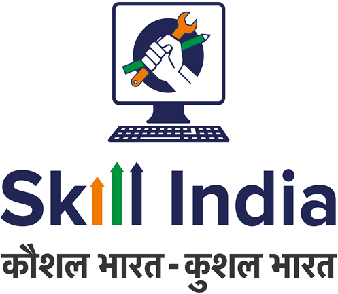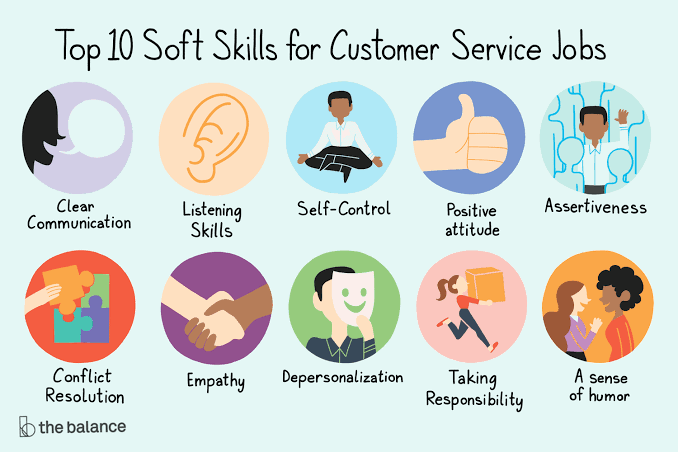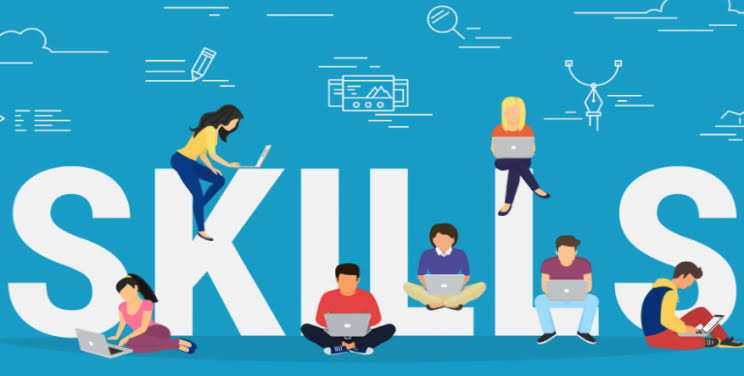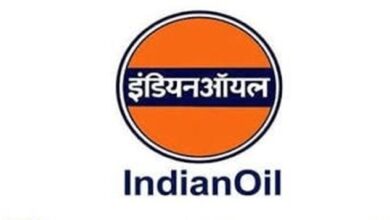Skill and issues of Indian skilling initiatives in 2021.

Skill initiatives
We have all heard big words like demographic dividend, India having the youngest population in the world, abundance of the workforce, advantages of demographic dividend, et cetera. All of These big words bear the cross of propelling India towards growth and development. Dreams of growth and development, a life with good health and education, less death due to lack of health are not crimes. It becomes an issue when the shoulders that bear the cross are weak, lack nutrition and poor skills. The Indian demographic dividend lacks nutrition, as in it lacks skill.
The workforce maybe highly qualified but employability rate is low. Demographic dividend, according to the United Nations Population Fund,is a situation when a country’s working-age population is higher than its non-working age population, namely 15 to 64 years of age. Last week the world celebrated World Youth Skills Day, where every speech highlighted the importance of skilling for economic growth.
Prime Minister Narendra Modi believes that it is only skilled workforce and countries that attain prosperity and registers growth. This is the widely excepted principle, and we all agree to it. The Prime Minister highlighted Going Online As Leaders GOAL; Skill India Mission et cetera have laid the foundation of improving the level of skills in Indian youth. Not everyone will nod their head in the affirmative for this sentence. Because what is on paper is not manifesting itself in reality.
What are the issues in skill development that India faces?
According to estimates by Statista in 2018, India continues to be one of the highest shortages of skilled workforce India faces 56% of companies working in India are affected by the shortage of skilled workers. Apart from this, massive unemployment also adds fuel to the fire. Till January 2021 unemployment rate in the country was 6.83 percentage. People with higher educational qualifications are three times more likely to stay unemployed than people with insufficient academic qualifications.
The reason is simple – demands more money than a person who is unskilled labour. Given the coronavirus pandemic and shortage of employment prospects, people are ready to work at any wage. People with graduation and above qualifications are suffering from a 19% unemployment rate. One in every five Indians who have a graduation degree or above is unemployed.
The Coronavirus pandemic has penalised people with higher educational qualifications with unemployment. It’s like a low-level equilibrium trap where companies suffer a shortage of workforce and graduates don’t have jobs. What is wrong in the present scenario? The degree programmes do not impart good quality skills, rendering companies without a workforce and graduates without jobs.
According to a report National Council of Applied Economic Research named ‘no time to lose’, there are three types of skills cognitive, technical and vocational and social and behavioural skills. Cognitive refers to basic things in literacy and numbers, applied knowledge and problem-solving to higher skills like reasoning, creativity and experiments. Technical and vocational refer to physical and mental abilities that help us perform tasks.
Social and behavioural skills allow us to communicate, cooperate and listen to others while working. A combination of these things person has foundational, employability and entrepreneurial skills. Like a person has entrepreneurial skills if he has mastered all the three mentioned above. 92% of India’s workforce works in the informal sector. 1.2 million new workers ranging from 15 years to 29 years of age join the Indian workforce every month. The report by NCAER observed that out of the sample size of five lakh final year bachelor students, 54% were unemployable.
Meaning they had a poor skill set. Given online classes, due to Coronavirus, the level of imparting these things has further downgraded. Online education was marred by poor connectivity, slow working internet, power cuts, unavailability of gadgets, et cetera. Even if the students could afford the infrastructure, they were devoid of practical education, field visits, dissections, festivals, placements etc. Many researchers have concluded that the quality of education during online classes was highly compromised.
What are structural issues in skill India policies?
This year’s budget allotted only 3000 crore rupees to National Apprentice Training Scheme, which is a good number. But the scheme is only limited to the engineering field and not to the science and arts stream. To ensure skilling at all levels, the government needs to expand the apprentice training scheme for arts and science backgrounds. The district collectors who are the sole administrator of District skills development committees under Prime Minister Kaushal Vikas Yojana are overburdened with Covid 19.
The Yojana aimed to develop eight lakh persons, in 2020-21. The National Skill Development Agency created in 2013 has now been subsumed under National Council for Vocational Training. Since intra-department and inter-ministerial communication is poor, it will confuse policymakers. The government needs to make one policy and stick to it as NSDA was created to eliminate duplicate efforts of the Centre. Around seven crore additional working population will enter into the workforce by 2023. 
The government needs to step up its game to not be unemployed due to inadequate skills. Apart from initiatives, the government needs to create sponges that will absorb the workforce meaning small and medium enterprises SMEs and other industries. Metros like Mumbai, Pune, Kolkata etc are working in overcapacity slums like Dharavi; overcrowded railways prove this. The government must provide cheap credit, increase infrastructure facilities in industrial areas and relax norms for business
What can be done to address the skill gap?
For people who are the demographic dividend, skilling programmes need to be implemented religiously. Those who are yet to enter the workforce age education policies have been revamped to end the gap between education and skills. The government came up with New Eduction Policy (NEP) 2020, which will integrate vocational and formal education at school and higher education levels. The NEP has also proposed a hub and spoke model, which will work on the concept of ITI to provide VET related training and exposure to students.
![PDF] New Education Policy 2021 School: NEP 2020 Implementation Date](http://policeresults.com/img/New-Education-Policy-2020-Highlights-School-and-higher-education-to-see-major-changes.jpg)
One hub and spoke model will provide exposure and training to students of 7 schools. To ensure a steady supply of funds, the government needs to enhance public expenditure on education to 6% of GDP. The Chinese model of skilling can be a role model for India as it provides powers to the local government to have a say in the syllabus of schools. For vocational training, the industries in a particular province of China give their feedbacks and opinions on the syllabus so that the kids can learn in their hometown.
It avoids the crowding of metros and concentrating economic development in a particular city. The 73rd and 74th Amendments need to be expanded to include education in their ambit. India can also learn from Germany, Japan, Brazil and Singapore, which overcame challenges of the skill gap and are one of the world’s most significant economies. SME culture and buying products manufactured domestically should be motivated. If India aims for an independent future, namely Aathmanirbhar Bharat, it needs to develop its secondary sector.
Developing the secondary industry will reduce the import bill, plug the brain drain, spread development across the country, improve housing, sanitation and other prospects of metros and provide employment to people. To make policies for the informal sector, the government needs to conduct extensive service, so that appropriate information is gathered. The government must develop a foolproof policy and plan for skilling to provide lasting results while anticipating the need of the market.






